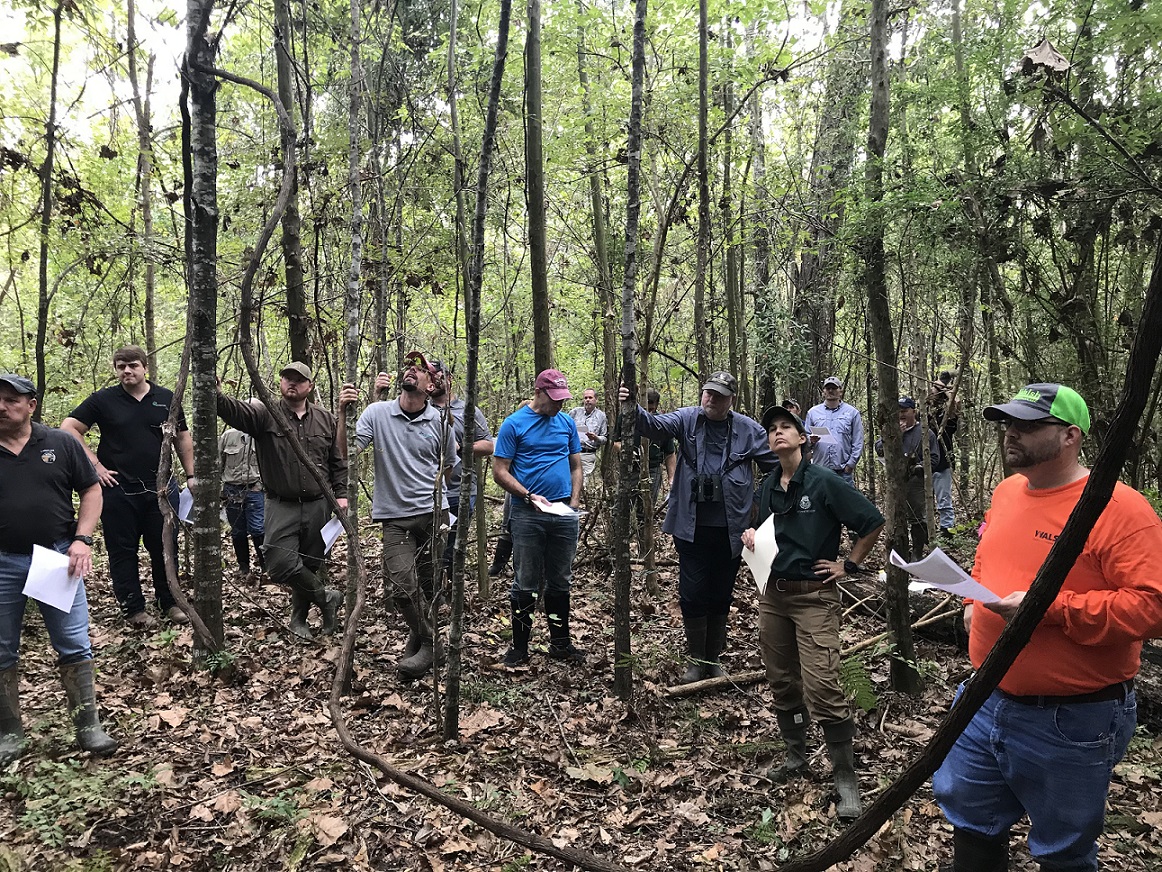Mitigating the risks of wood procurement
 Written by Zander Evans.
Written by Zander Evans.
The Guild has long been a member of the Forest Stewardship Council (FSC) and supports its mission to promote environmentally sound, socially beneficial, and economically prosperous management of the world’s forests. Many Guild members work for FSC certified companies or as part of the certification process. So, it is no surprise that the Guild has been an active participant in FSC’s controlled wood risk assessment and mitigation (see https://us.fsc.org/en-us/certification/controlled-wood/fsc-us-controlled-wood-national-risk-assessment-us-nra).
The risk assessment is important for FSC certified companies that use the FSC Mix label. If they wish to control uncertified forest materials so that those materials may be mixed with FSC-certified materials and used in products that carry the FSC Mix label, they must incorporate the risk assessment into their due diligence system. In the US, some risk was identified for wood coming from forests in with high conservation values or from forests at risk of being converted to plantations or non-forest uses. Where these risks are relatively low, part of the control measures include education and outreach. This helps landowners, loggers, foresters, wood procurement agents, and others in the supply chain know more so they can avoid wood from high risk forests.
 Education and outreach are central to the Guild’s work so we’re partnering with several companies (some of which are highlighted in our list of organizational sponsors) to mitigate the risk of controlled wood. This mitigation can take several forms. In the lower Mississippi Alluvial Valley, we’re building on our bottomland hardwoods program to host learning exchanges for foresters and others. Learning exchanges are great way to share field experience and the latest science in a constructive, interactive forest setting.
Education and outreach are central to the Guild’s work so we’re partnering with several companies (some of which are highlighted in our list of organizational sponsors) to mitigate the risk of controlled wood. This mitigation can take several forms. In the lower Mississippi Alluvial Valley, we’re building on our bottomland hardwoods program to host learning exchanges for foresters and others. Learning exchanges are great way to share field experience and the latest science in a constructive, interactive forest setting.
The Guild is also working with companies in the Pacific Northwest to share information about the importance of old growth fo rests, biodiversity in the Klamath-Siskiyou Region, and the threat posed by conversion of forest to other uses. The effort to limit the conversion of forests to other uses links this work to another project the Guild supports. The Foresters for the Birds project in Oregon helps landowners see their forests and forest management through the eyes of songbirds, which can in turn motivate them to work to maintain their property as healthy forest habitat.
While the Guild acknowledges the challenges of working to reduce the risk of controlled wood, we are excited about the opportunity to partner with companies committed to environmentally sound, socially beneficial, and economically prosperous forest management.
